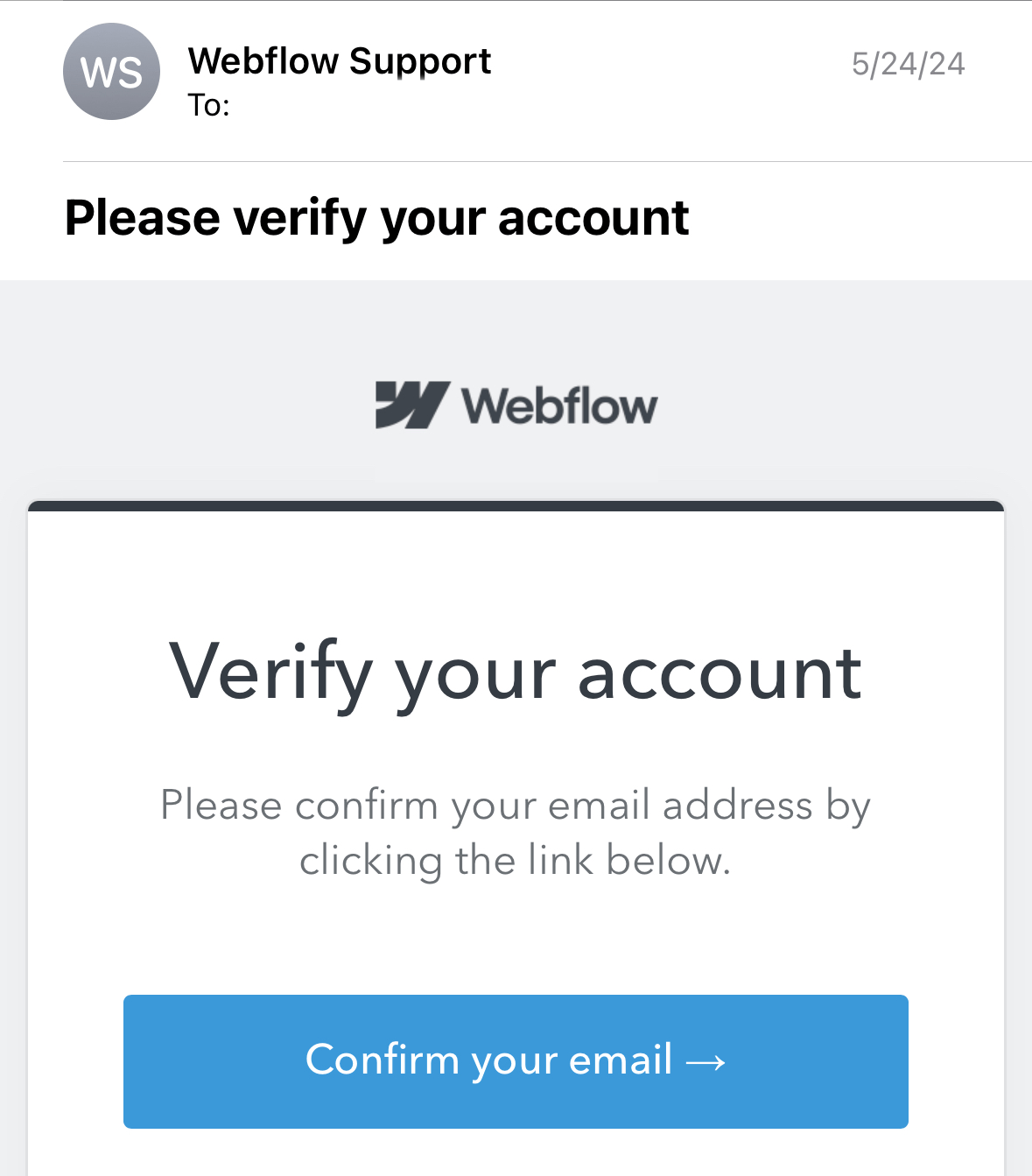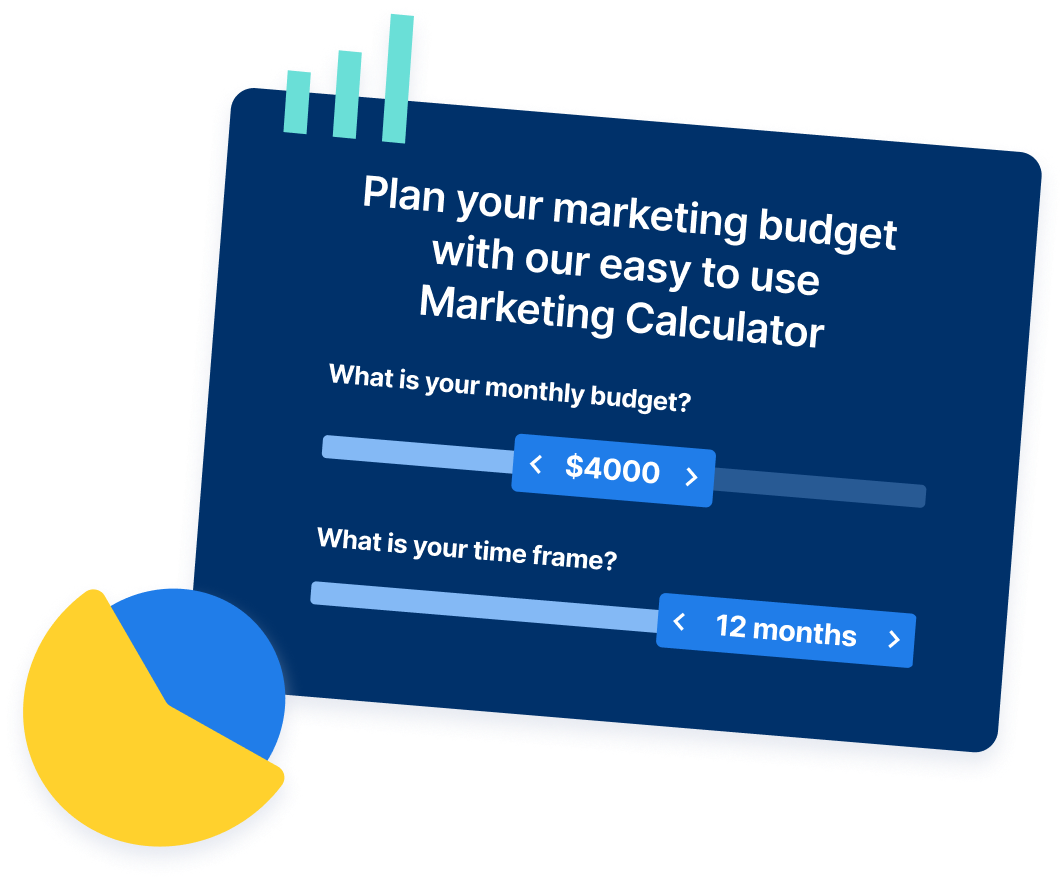- Home
- Blog
- Email Marketing
- Hard Bounce vs. Soft Bounce for Emails: Know the Difference
Hard Bounce vs. Soft Bounce for Emails: Know the Difference
-
 Published: Jun 25, 2024
Published: Jun 25, 2024
-
 5 min. read
5 min. read
-
Summarize in ChatGPT
-
 Maria Carpena
Maria Carpena Lead Emerging Trends & Research Writer
Lead Emerging Trends & Research Writer
- Maria is a Lead Emerging Trends & Research Writer at WebFX. With nearly two decades of experience in B2B and B2C publishing, marketing, and PR, she has authored hundreds of articles on digital marketing, AI, and SEO to help SMB marketers make informed strategic decisions. Maria has a degree in B.S. Development Communication major in Science Communication, and certifications in inbound marketing, content marketing, Google Analytics, and PR. When she’s not writing, you’ll find her playing with her dogs, running, swimming, or trying to love burpee broad jumps.
Table of Contents
- What are bounced emails?
- Why do emails bounce?
- Hard bounce vs. soft bounce for emails: The breakdown
- How to keep emails from bouncing
- 1. Declutter your email list
- 2. Install a double opt-in
- 3. Craft personalized content
- 4. Make it mobile-friendly
- 5. Authenticate your domain
- Boost your email marketing skills with WebFX
Email bounces are a common email marketing mistake. Your email bounce can be hard or soft.
In this blog post, we’ll discuss hard bounce vs. soft bounce for emails and tips on how you can keep your emails from bouncing.
Explore More: 5 Easy Ways to Lower Your Email Bounce Rate
What are bounced emails?
A bounce is when the email you sent is not delivered to the recipient because the server has either temporarily or permanently rejected it.
Instead, it returns or bounces to your inbox. You then receive an auto-response informing you that the email delivery was unsuccessful.
Why do emails bounce?
An email can bounce for a few reasons, ranging from problems on your end to issues on the recipient’s end.
Maybe you typed the wrong email address or have been flagged as spam one too many times, or the recipient’s email inbox is full.
Hard bounce vs. soft bounce for emails: The breakdown
Hard bounces are a permanent failure in sending an email, meaning it’s unlikely you will get through the metaphorical “brick wall.” Anything that comes back as a hard bounce means you should clear the attempted address from your contacts, since you won’t get through to that email address.
Here are some common causes of hard bounces:
- The user’s email address does not exist
- The user’s server has blocked the delivery through a spam filter or firewall
- The user has blocked your specific address from entering their inbox
Legitimate email addresses can also cause a hard bounce, but this is usually not as common.
On the other hand, soft bounces are temporary issues you can potentially resolve by sending the email again. Soft bounces are less final and offer more room to solve the problem.
Soft bounces may occur because:
- The recipient’s inbox is full
- The file attachment in the email is too large
- There’s a glitch in the server
- The recipient’s account is suspended
If you receive a soft bounce, try sending the email again. If it doesn’t go through, try some common fixes:
- Check that the email address doesn’t contain spaces
- Check that the email address is correct
- Check your file attachment size
If the email still doesn’t go through, treat it like a hard bounce and remove that address from your contacts.
The table below summarizes their differences:
| Hard bounce | Soft bounce | |
| Definition | A permanent failure to send an email | A temporary failure to send the email |
| Common reasons for bouncing | – The email address does not exist – The recipient’s server has blocked the delivery – The recipient has blocked your specific address |
– The recipient’s inbox is full – The file attachment in the email is too large – A glitch in the server – The recipient’s account is suspended |
How to keep emails from bouncing
Be careful when dealing with bounced emails. Having too many can slow your marketing engine and tack a spam label on your back.
Nobody wants that for their business, so here are some ways to reduce the number of bounced emails as technology advances:

5 tips to keep emails from bouncing
Let’s go through each one:
1. Declutter your email list
High bounce rates can happen because an email list is too crowded.
The customers who joined your email list years ago may have moved on and created new email addresses. Because of this, your message has been gathering with several others in email limbo, not reaching the intended person.
That’s why it’s important to review your list regularly. Think of it like a seasonal closet clean-out.
In the same way, look for subscribers in the feedback loop who have provided consistent negative feedback or have put your emails in their spam. Clearing these addresses out can better influence your bounce ratings.
2. Install a double opt-in

Ensure you are reaching the right audience with valid email addresses through a double opt-in system.
We’ve all been on a website that requires you to type in your email before continuing onto the site. This setup is a way to build an email list. To get the ideal audience, add another step.
A double opt-in system requires the individual to go to their email and click on a link to verify their address. While this adds friction to your user’s experience, it filters out invalid or inactive emails.
3. Craft personalized content

Get to know your audience and deliver personalized content — every customer loves to feel seen. You can segment your list by specific locations or customer preferences. Then, create different email messages and send them to their respective audiences.
Also, be sure to avoid spammy language. Email providers flag certain terms and phrases as spam.
4. Make it mobile-friendly
Fun fact: 47% of users prefer to read emails on a smartphone or tablet. This data point is an excellent reason to make your email mobile-friendly and mobile-flawless.
Email marketing campaigns should be easily accessible and interactive on a phone or other mobile device to be effective. Otherwise, your audience will be less likely to interact with your emails.
5. Authenticate your domain
Ensuring your domain is authenticated can reduce your email bounce rate and improve customer interaction.
Put yourself in your customers’ shoes — would you be more likely to click on a verified email? We sure would!
Ensure your customers are safe when clicking on and interacting with your content.
Boost your email marketing skills with WebFX
Want to improve your email marketing strategies and reduce your bounce rates? Let WebFX help.
We are a full-service digital marketing agency that can help you navigate the world of email marketing and more. With our proprietary growth platform, RevenueCloudFX, we’ve helped our clients create, send, and optimize email campaigns and enjoy a 16% increase in leads.
Contact us online or call us at 888-601-5359 to speak with a strategist about our email marketing services!
-
 Maria is a Lead Emerging Trends & Research Writer at WebFX. With nearly two decades of experience in B2B and B2C publishing, marketing, and PR, she has authored hundreds of articles on digital marketing, AI, and SEO to help SMB marketers make informed strategic decisions. Maria has a degree in B.S. Development Communication major in Science Communication, and certifications in inbound marketing, content marketing, Google Analytics, and PR. When she’s not writing, you’ll find her playing with her dogs, running, swimming, or trying to love burpee broad jumps.
Maria is a Lead Emerging Trends & Research Writer at WebFX. With nearly two decades of experience in B2B and B2C publishing, marketing, and PR, she has authored hundreds of articles on digital marketing, AI, and SEO to help SMB marketers make informed strategic decisions. Maria has a degree in B.S. Development Communication major in Science Communication, and certifications in inbound marketing, content marketing, Google Analytics, and PR. When she’s not writing, you’ll find her playing with her dogs, running, swimming, or trying to love burpee broad jumps. -

WebFX is a full-service marketing agency with 1,100+ client reviews and a 4.9-star rating on Clutch! Find out how our expert team and revenue-accelerating tech can drive results for you! Learn more
Try our free Marketing Calculator
Craft a tailored online marketing strategy! Utilize our free Internet marketing calculator for a custom plan based on your location, reach, timeframe, and budget.
Plan Your Marketing Budget
Table of Contents
- What are bounced emails?
- Why do emails bounce?
- Hard bounce vs. soft bounce for emails: The breakdown
- How to keep emails from bouncing
- 1. Declutter your email list
- 2. Install a double opt-in
- 3. Craft personalized content
- 4. Make it mobile-friendly
- 5. Authenticate your domain
- Boost your email marketing skills with WebFX

Looking for More?
Get expert ideas, industry updates, case studies, and more straight to your inbox to help you level up and get ahead.
"*" indicates required fields

Proven Marketing Strategies
Try our free Marketing Calculator
Craft a tailored online marketing strategy! Utilize our free Internet marketing calculator for a custom plan based on your location, reach, timeframe, and budget.
Plan Your Marketing Budget
What to read next




